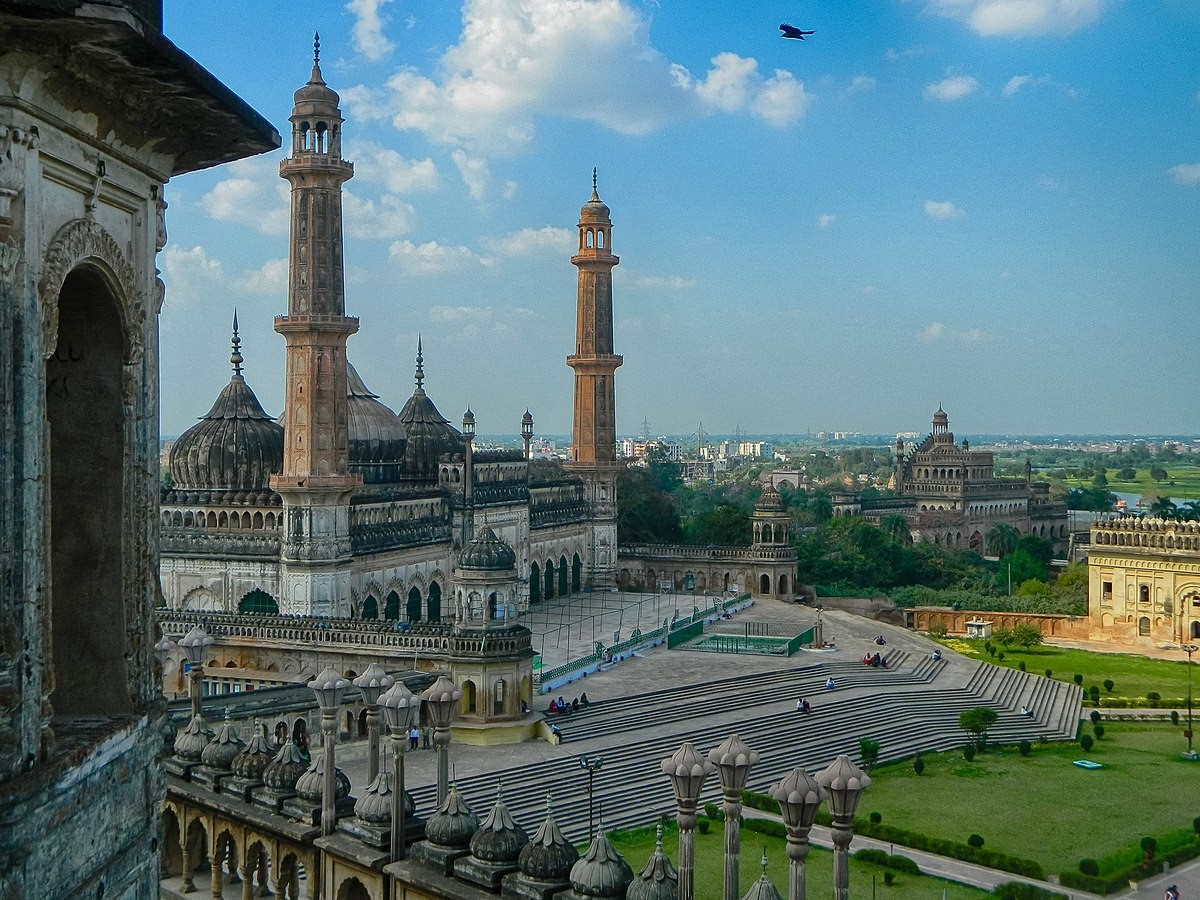First HUB meeting: Navigating the maze of neglected tropical diseases

It is a hot May afternoon in Lucknow; members of the Global Network for Neglected Tropical Diseases (NTDs) take a break from the first ‘Hub leader’s meeting’, escaping the heat and throat-catching pollution to the tranquil gardens of the Bara Imambara (‘Court of the Imam’) and its famous maze, Bhul Bhulaiya.[1] The Network’s aim is to find targets for new drugs to treat two NTDs, Chagas disease and leishmaniasis. The venue today seems apt; not only are these infections a vast biological puzzle, but also, behind the scenes, the Network’s 14 institutions are currently negotiating a maze of bureaucratic red tape to ratify the necessary legal requirements which will allow them to commence their international programme of collaborative work.
To be an effective team, it is vital that Network researchers meet regularly, to share knowledge and expertise, and – crucially – to build trust across their respective specialist approaches and cultural perspectives. This meeting, which has included the Network’s first ‘Executive Managment Group’ meeting, focusses on leishmaniasis, which is endemic in India, Pakistan, Africa and Latin America. The gathering is co-hosted by two leishmaniasis specialists; Professor Nahid Ali from the Indian Institute of Chemical Biology (IICB) in Kolkata, and Dr Ashish Arora from the Central Drug Research Institute (CDRI) in Lucknow. Both IICB and CDRI are institutional members of India’s Council for Scientific and Industrial Research (CSIR).

This panel: Network members meeting in Kolkata (top), hosted by Prof. Nahid Ali and her team (bottom left); and in Lucknow (bottom right), hosted by Dr Ashish Aurora. (Images: Ehmke Pohl) Top of page: Lucknow’s Bara Imambara (‘Court of the Imam’)’, housing the mausoleum of Nawab Asaf-ud-Dau (reign: 1775–1797). Although the tomb’s vast domed ceiling stands without support from either beams or pillars, it is most famous for Bhul Bhulaiya, its surrounding three-dimensional maze. Built between 1784 and 1791 by some ~20,000 citizens, in exchange for food, this ingenious commission helped to maintain the town’s morale during a famine. (Image: Wikimedia Commons)
Insights from the trip are not only scientific, however. As per traditional Indian hospitality, all visitors, including those from Brazil (Prof. Adriano Cappellazzo Coelho) and the UK (Dr Paul Denny and Dr Ehmke Pohl) are provided with gifts upon arrival, campus tours, visits to local sights, and mouth-watering regional specialities alongside the scientific feast. Paul and Ehmke, returning to Durham, have voiced new appreciation for both the diversity of India’s cultures and traditions and also the creative entrepreneurship and dynamism of the Indian people, even in some of the poorest communities. This drive to ‘be the solution’ is characteristic of modern India; indeed, CSIR’s PhD students and postdocs are keen to share their passion, not just for research, but also for playing an active part in changing their society and country.
This energy is vital, as the consortium must collectively negotiate many unknowns, including crucial details around the epidemiology and immunology of leishmaniasis and Chagas disease. The meeting’s keynote speaker, Dr Syamal Roy, voiced the concerns over one such puzzle – the riddle of post-Kala-Azar dermal leishmaniasis (PKDL). This infectious rash occurs in some patients, sometimes a year or more after successful treatment of visceral leishmaniasis (VL, also called Kala-azar), raising questions over the effectiveness of India’s current VL elimination programme.2 Amongst the researchers gathered here, however, there is great optimism that PKDL and other difficult puzzles presented by these parasites can be addressed by combining their respective approaches.

Clockwise from top left: Passageway from the Bhul Bhulaiya maze at Bara Imambara, Lucknow (Image: Wikimedia Commons); Prof Nahid Ali (left) and Prof Andriano Cappellazzo Coelho (right) navigating the maze (Image©Ehmke Pohl); Outer corridor at Bhul Bhulaiya (Image: Wikimedia Commons); Dr Ashish Arora (left), Dr Paul Denny (centre) and Prof Andriano Cappellazzo Coelho (right) pausing to get their bearings. (Image: Ehmke Pohl)
Their team spirit shows this hot afternoon, whilst navigating Bhul Bhulaiya. The name translates as ‘labyrinth’, although technically this would imply that it offers only one choice of route. Instead, the team encounter what is more correctly described as a maze; the structure, built over eight levels, includes some 489 identical doorways, around 1,000 passageways, and many potential wrong turnings.1 Together, they navigate these choices, becoming disorientated at times, but eventually emerging, exhilarated, to a fresh, cooling breeze and stunning rooftop views over the old city.

View from the roof of Bhul Bhulaiya, showing the Asafi mosque at Bara Imambara. (Image: Ehmke Pohl)
___________________________________
References
- Krishna A. Into the depths of history. June 2015. The Hindu. Available at https://www.thehindu.com/features/metroplus/exploring-the-mysteries-of-bara-imambara-in-lucknow/article7309728.ece (accessed May 2018).
- Zijlstra EE, et al. PLoS Negl Trop Dis 2017; 11(11): e0005877.
